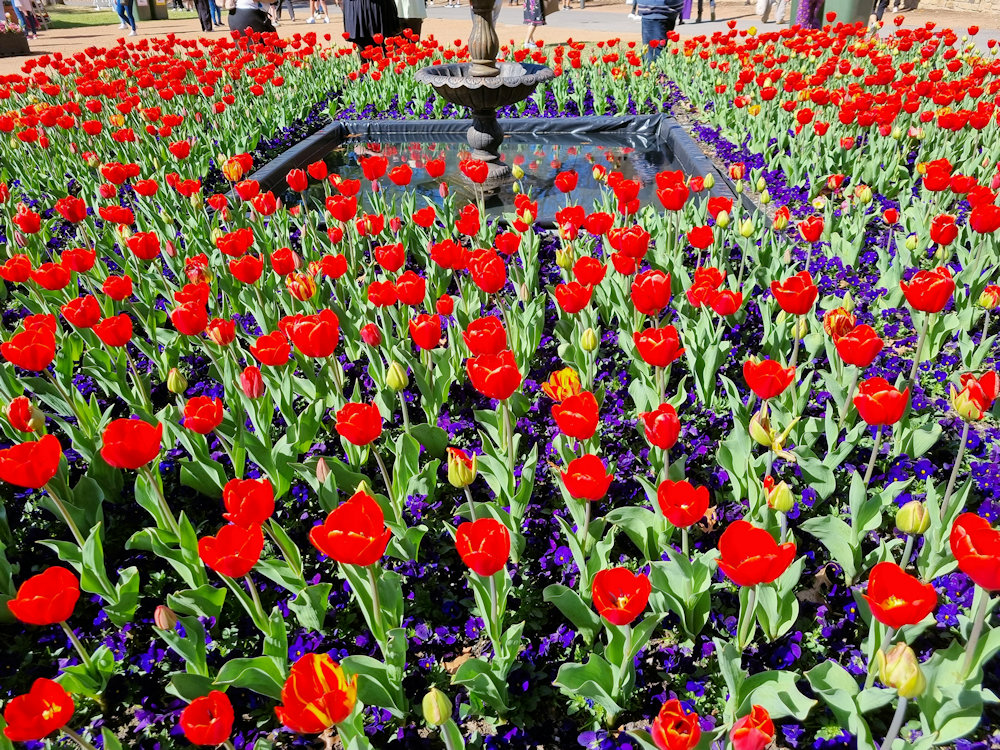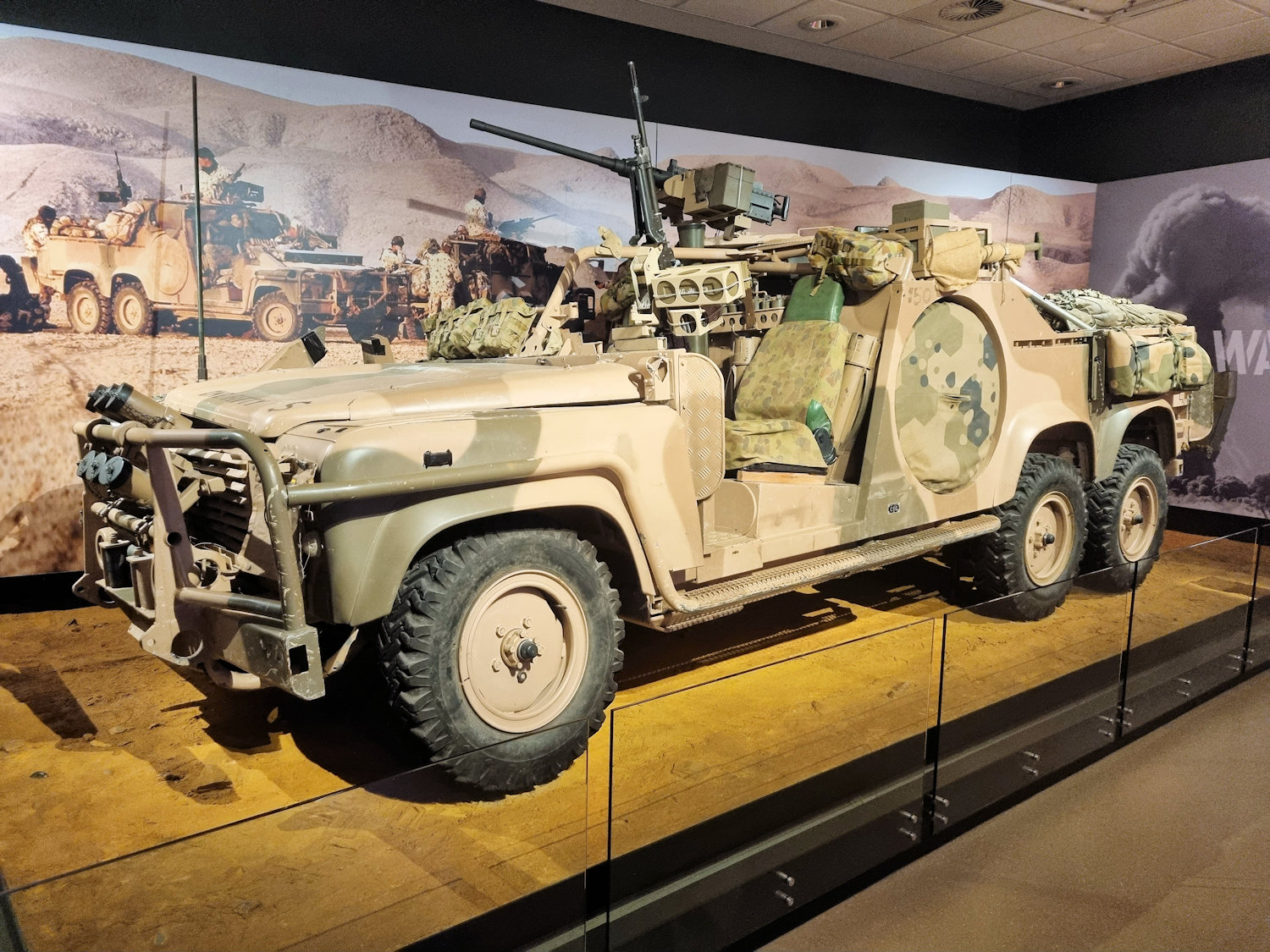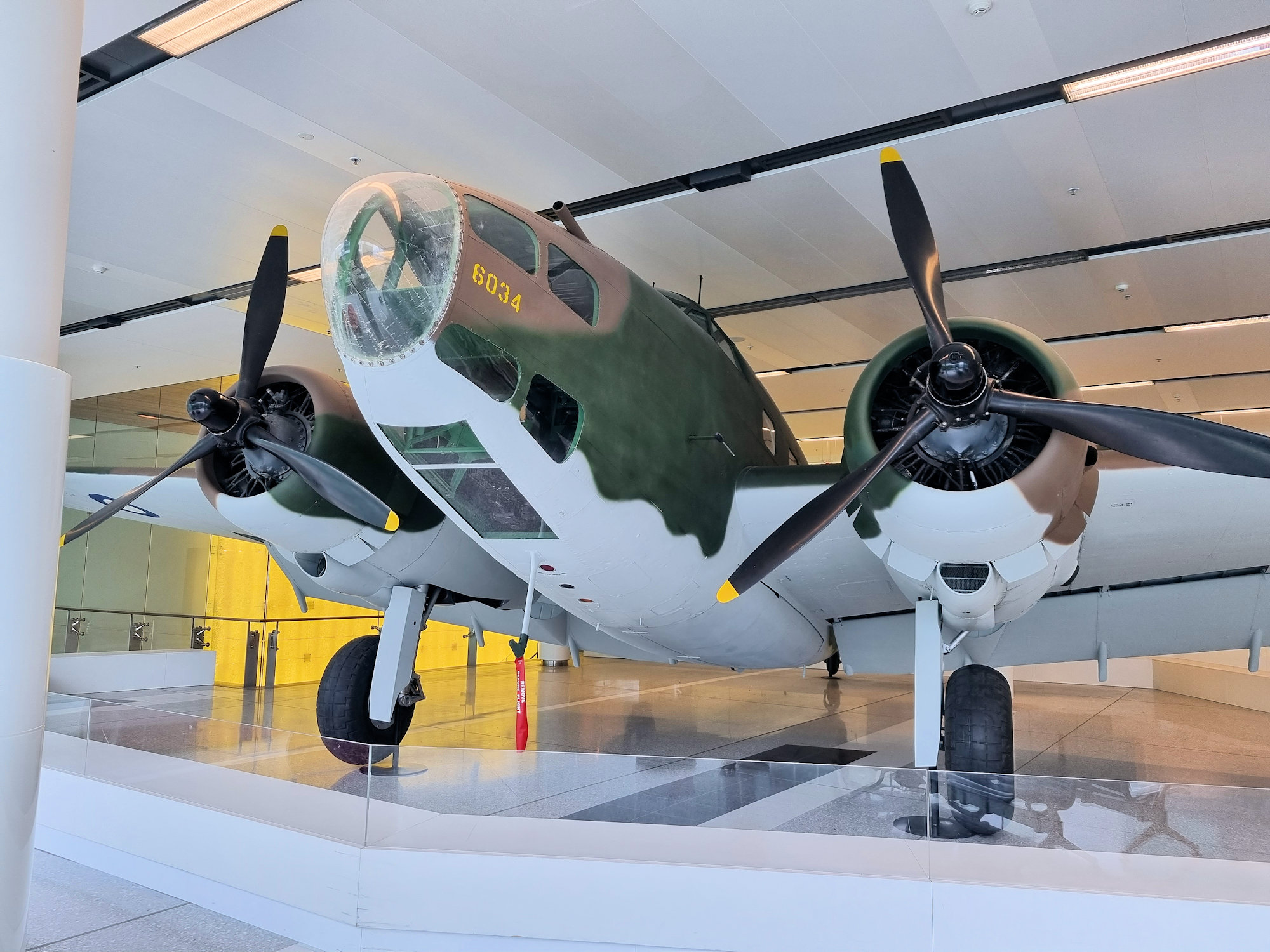Category: Australian Capital Territory
-
Floriade Canberra 2023

Floriade Canberra 2023 Running from 16 September to 15 October 2023 in Canberra Australia, the annual Floriade flower show is the country’s largest celebration of spring. This year over one million blooms put on an amazing display of colour. We walked around the displays on the first day they were open, lucky enough to have… Read more
-
Australian War Memorial 1945 to Today

Australian War Memorial 1945 to Today During our previous trip to Canberra, the gallery “Conflicts 1945” to Today in the Australian War Memorial was closed because of the renovations. This time however, it was open, so we took the opportunity to look around. This gallery commemorates all the conflicts involving Australians from 1945 to today.… Read more
-
Canberra Airport Hudson Bomber

Lockheed Hudson Mk.IV A16-105 at Canberra Airport Something you don’t expect to see is a five-tonne bomber on the second floor of an airport terminal. However, Canberra Airport has a Lockheed Hudson bomber doing just that. Sitting at the far end of the check-in desks, it’s a monument to all of the RAAF crews who… Read more